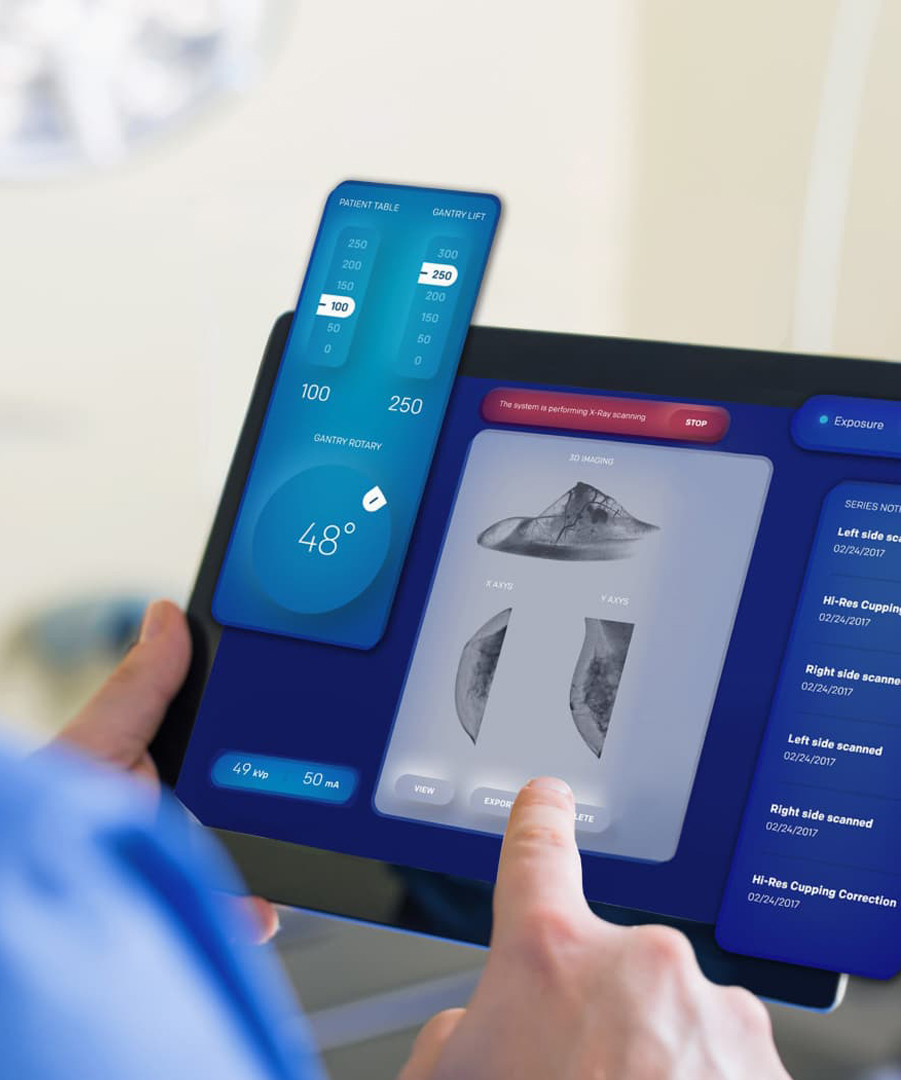


Airport Fire Truck also know as airport crash tender, airport fire appliance, is a specialised fire engine designed for use in aircraft firefighting at aerodromes, airports, and military air bases. Airport fire truck, officially termed Aircraft Rescue and Firefighting (ARFF) vehicles, are specialized emergency units engineered to mitigate aviation-related incidents. Their primary role involves rapid response to aircraft emergencies, including crashes, fuel spills, engine fires, or cabin fires during takeoff, landing, or ground operations
Airport fire trucks, also known as Aircraft Rescue and Firefighting (ARFF) vehicles, are specialized units designed to ensure aviation safety by addressing emergencies on runways, taxiways, and airport aprons. Their primary role involves rapid response to aircraft incidents, including fires, fuel spills, or crashes during takeoff, landing, or ground operations.
♦ RIV Fire Truck: Which is the short calling of rapid intervention vehicles (RIV), also named as first attack. RIV fire trucks are normally smaller, nimble fire appliances capable of quick acceleration and high speed.
♦ ARFF Fire Truck: Which is called Aircraft Rescue And Firefighting Truck, the innovative fire suppression technology, unmatched 4x4, 6x6, 8x8 offroad chassis performance, advanced safety systems, smart design and unsurpassed reliability and durability.
Airport fire trucks, officially termed Aircraft Rescue and Firefighting (ARFF) vehicles, are specialized units designed to address aviation-related emergencies. Their primary role is rapid response to aircraft incidents, including fires, crashes, or technical failures on runways or adjacent areas.
Equipped with advanced firefighting agents like aqueous film-forming foam (AFFF) and dry chemicals, these trucks neutralize fuel-based fires efficiently. Their high-pressure cannons discharge suppressants over long distances, ensuring safe operational proximity to burning aircraft.
Beyond fire control, these trucks support rescue operations. They carry cutting tools to extract passengers from wreckage and medical equipment for on-site triage. ARFF crews undergo rigorous training in aviation safety protocols, hazardous material management, and crisis coordination with air traffic control.
Emergency Response to Aircraft Incidents
ARFF units are engineered for rapid deployment during aviation emergencies, such as crashes, engine fires, or landing gear malfunctions. Equipped with high-capacity pumps and all-terrain capabilities, they navigate runways swiftly, adhering to the International Civil Aviation Organization’s (ICAO) mandated response time of under three minutes to any airfield location.
Rescue and Evacuation Support
Integrated rescue tools, including hydraulic cutters and spreaders, enable crews to breach aircraft fuselages during entrapment scenarios. Simultaneously, onboard medical kits and exterior lighting systems assist in triaging injuries and guiding passenger evacuations under low-visibility conditions.
Preventive Hazard Mitigation
During non-emergencies, ARFF teams conduct runway inspections to identify fuel spills, debris, or wildlife hazards. Fire trucks deploy retardants or suppressants proactively during training drills or pre-emptive strikes against potential ignition sources near fuel storage zones.